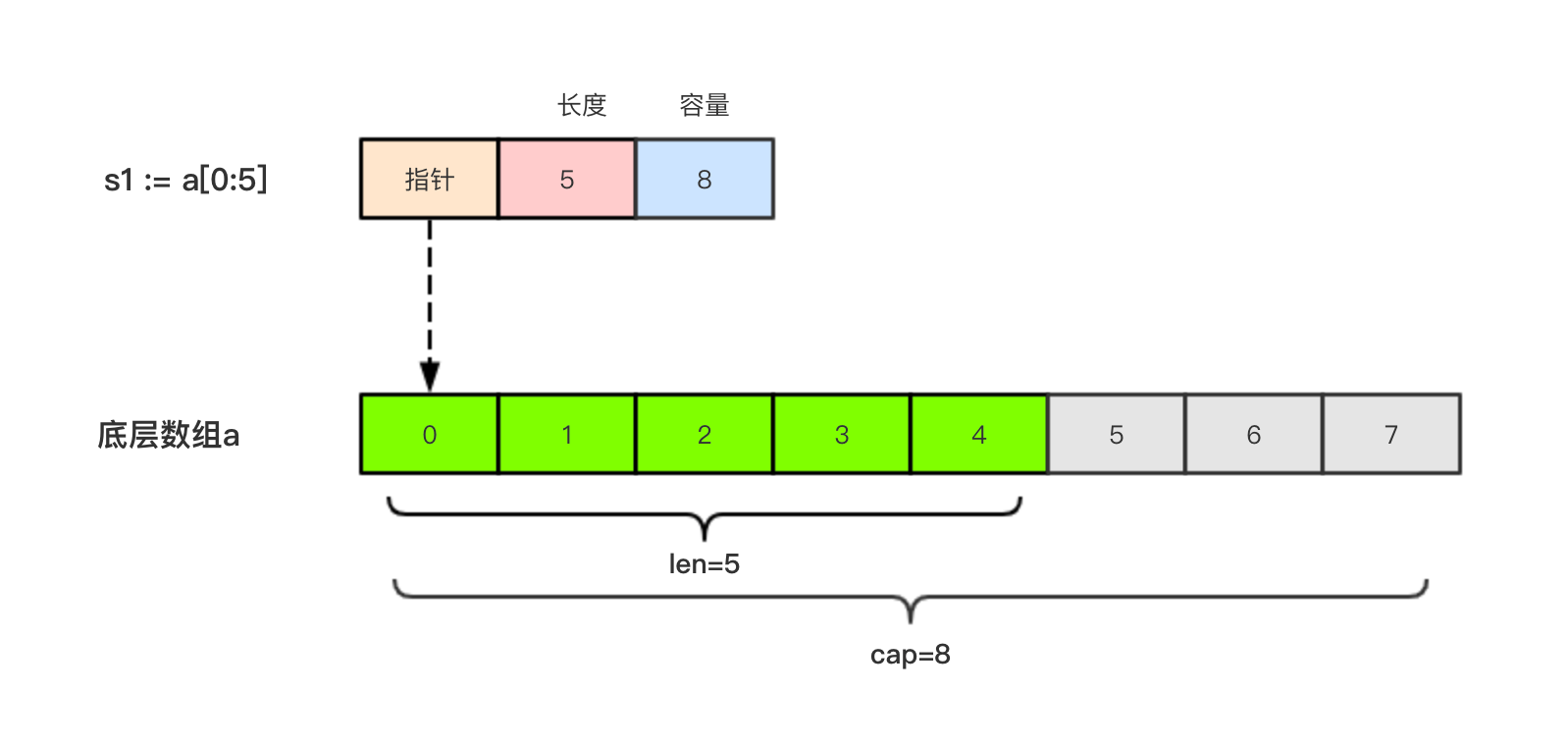1
2
3
4
5
6
7
8
9
10
11
12
13
14
15
16
17
18
19
20
21
22
23
24
25
26
27
28
29
30
31
32
33
34
35
36
37
38
39
40
41
42
43
44
45
46
47
48
49
50
51
52
53
| package main
import "fmt"
func main() {
Case1()
Case2()
Case3()
}
func Case1() {
var s []int
for i := 0; i < 3; i++ {
s = append(s, i)
}
modifySlice1(s)
fmt.Printf("case1: %v\n", s)
}
func Case2() {
var s []int
for i := 0; i < 3; i++ {
s = append(s, i)
}
modifySlice2(s)
fmt.Printf("case2: %v\n", s)
}
func Case3() {
var s []int
for i := 0; i < 3; i++ {
s = append(s, i)
}
modifySlice3(s)
fmt.Printf("case3: %v\n", s)
}
func modifySlice3(s []int) {
s = append(s, 2048)
s = append(s, 4096)
fmt.Printf("modifySlice3 len: %v, cap: %v\n", len(s), cap(s))
s[0] = 1024
}
func modifySlice2(s []int) {
s = append(s, 2048)
fmt.Printf("modifySlice2 len: %v, cap: %v\n", len(s), cap(s))
s[0] = 1024
}
func modifySlice1(s []int) {
s[0] = 1024
}
|




